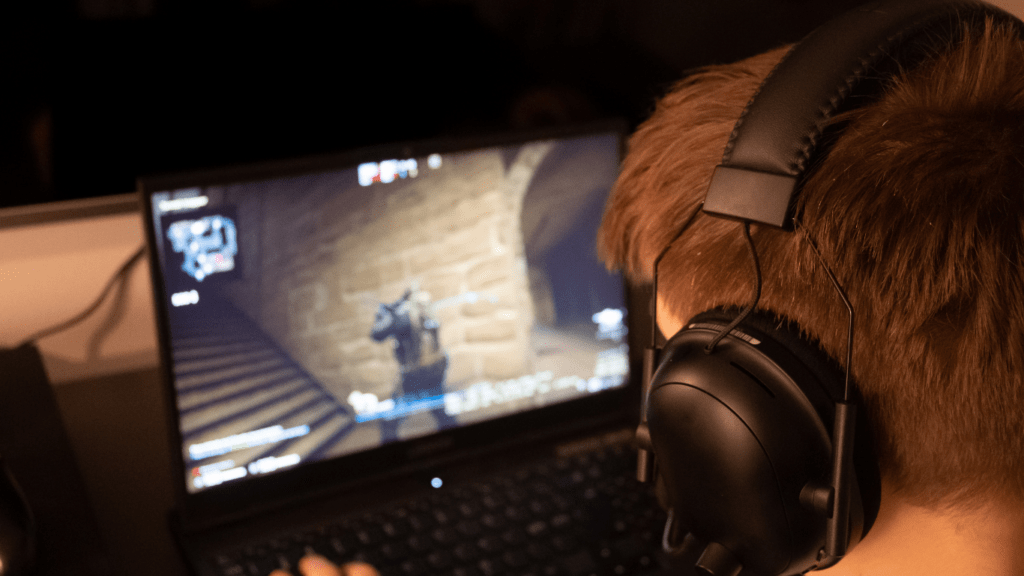When I watch professional athletes compete, I can’t help but marvel at the sheer difference in their gameplay compared to amateurs. It’s not just about physical prowess; it’s the intricate strategies and tactical decisions that set them apart.
Pro-level play is a masterclass in precision, where every move is calculated and every decision is deliberate. In this article, I’ll dive into the key elements that elevate professional players above the rest.
From their understanding of game mechanics to their ability to read opponents, these factors create a level of play that’s truly mesmerizing. Join me as we explore what makes pro-level play so unique and how these insights can enhance our own understanding of the game.
Understanding Pro-Level Play
Pro-level play distinguishes itself through advanced strategy and sharp decision-making. Players possess not only technical skills but also a deep understanding of game mechanics. They analyze patterns and trends within matches, allowing them to anticipate opponents’ moves.
Pro athletes excel in reading their environment. They assess player positions, identify weaknesses, and exploit opportunities quickly. This situational awareness enables them to implement tactics that can shift the momentum in their favor.
Training regimens for professional players are rigorous and structured. They engage in extensive practice, focusing on both individual skills and team dynamics. This comprehensive training builds a strong foundation, increasing their overall performance in high-stakes scenarios.
Key Elements of Tactical Breakdown
Understanding tactical elements enhances appreciation for pro-level play. Three critical components stand out: game awareness, decision making, and adaptability.
Game Awareness
Game awareness involves recognizing positional dynamics and anticipating opponents’ movements. Pro players possess a heightened sense of the game’s flow, which allows them to make informed plays.
They analyze real-time data, such as player positions and potential threats, thereby reacting proactively. This intrinsic understanding often stems from countless hours of practical experience combined with thorough analysis of past performances.
Decision Making
Decision making separates pros from amateurs by emphasizing speed and accuracy. Professionals evaluate multiple factors rapidly, such as timing, positioning, and opponent behavior. They consistently choose the best possible options, minimizing risks while maximizing reward potential.
For instance, a professional soccer player may instantly decide whether to pass, shoot, or dribble based on the immediate situation, ensuring optimal outcomes for their team during crucial moments.
Adaptability
Adaptability defines a player’s ability to respond to changing circumstances. Top athletes adjust strategies on-the-fly, whether it’s switching tactics during a game or modifying their approach against different opponents.
This flexibility stems from both skill and mental resilience, allowing them to maintain composure under pressure. A prime example is a basketball player altering their offensive style based on defensive formations, ensuring continuous competitive advantage.
Comparing Amateur and Pro-Level Strategies
Amateur strategies often focus on basic game mechanics, leading players to rely heavily on individual skills. Pro-level strategies, however, emphasize intricate teamwork, advanced tactics, and precise execution.
- Understanding of Game Mechanics: Amateurs grasp fundamental mechanics, yet pros master them. Pro players utilize complex tactics that capitalize on game knowledge and situational awareness.
- Positional Awareness: Amateurs might overlook positioning, while pros constantly analyze spatial dynamics. Pro players adjust their positions based on opponent movements, optimizing their team’s effectiveness.
- Speed of Decision Making: Amateurs often hesitate under pressure, leading to suboptimal choices. Pro players make rapid, sound decisions, weighing multiple variables to achieve the best outcomes during critical moments.
- Team Communication: Amateur communication is basic and may lack clarity. Pro teams engage in sophisticated communication, fostering teamwork and collective strategy execution.
- Adaptability: Amateurs struggle to adapt to game changes. Pro players swiftly modify strategies in response to opponents’ tactics, demonstrating their ability to stay ahead.
- Analytical Insights: Amateurs seldom analyze their gameplay, limiting improvement prospects. Pro players regularly review performance feedback, ensuring consistent development and refinement of strategies.
These contrasting strategies highlight the multifaceted approach of professional athletes, revealing the depth of tactical thinking that sets them apart from amateurs.
The Role of Team Dynamics
Team dynamics play a pivotal role in the distinction between pro-level players and amateurs. Effective collaboration among team members leads to seamless execution of complex strategies. Pro players prioritize understanding each other’s strengths and weaknesses, which fosters synergy during competitions.
- Communication: Pro teams excel at clear, concise, and timely communication. They develop signals and cues that enhance gameplay without disrupting flow. Effective communication allows teams to synchronize their movements and respond swiftly to changes on the field.
- Trust: Trust among teammates is essential for executing strategies confidently. Pro players rely on each other to fulfill their roles, minimizing hesitation and maximizing efficiency. Trust cultivates an environment where players feel empowered to make decisions and take calculated risks.
- Role definition: Each player on a professional team typically has defined roles that align with individual skills. Clear role definition enables players to specialize and optimize their contributions, enhancing team performance. Pro-level play showcases how well-defined roles lead to cohesive tactics and successful outcomes.
- Adaptation to roles: Professional players adapt their gameplay based on shifting dynamics and opponents’ strategies. They embrace flexibility in roles, willing to pivot when necessary to maintain strategic advantages. This adaptability reflects a deeper understanding of the game and the ability to adjust tactics in real-time.
Understanding team dynamics transforms how players approach the game. By emphasizing communication, trust, defined roles, and adaptability, teams can elevate their performance and achieve pro-level success.


 Romaine Clark serves as a vital contributor to Power Gamer Strategy Hub’s strategic insights and esports coverage. With a strong grasp of competitive dynamics and team play, he offers readers nuanced breakdowns of tournaments, pro-level tactics, and rising trends in the esports arena. His commentary and analysis consistently help readers sharpen their own gameplay and understanding of the evolving meta.
Romaine Clark serves as a vital contributor to Power Gamer Strategy Hub’s strategic insights and esports coverage. With a strong grasp of competitive dynamics and team play, he offers readers nuanced breakdowns of tournaments, pro-level tactics, and rising trends in the esports arena. His commentary and analysis consistently help readers sharpen their own gameplay and understanding of the evolving meta.